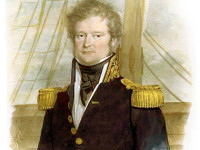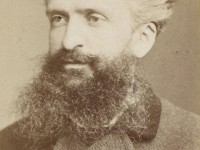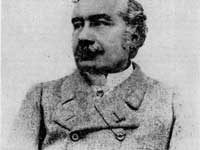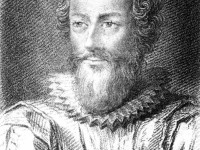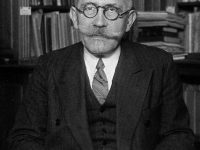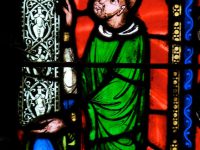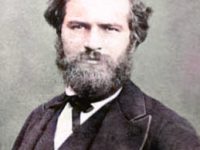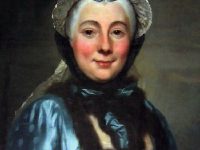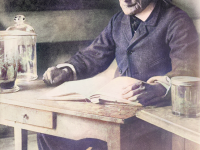Jules Dumont d’Urville and his South-Pacific Voyages
On May 8, 1842, French explorer, naval officer and rear admiral Jules Sébastien César Dumont d’Urville passed away. D’Urville commanded voyages of exploration to the South Pacific (1826–29) and the Antarctic (1837–40), resulting in extensive revisions of existing charts and discovery or redesignation of island groups. As a botanist and cartographer he left his mark, giving his name to several seaweeds, plants and shrubs, and places such as D’Urville Island. Jules Dumont d’Urville…
Read more

